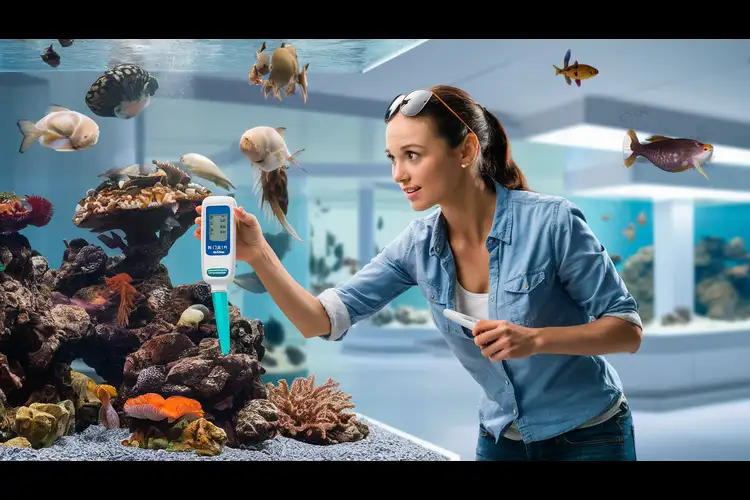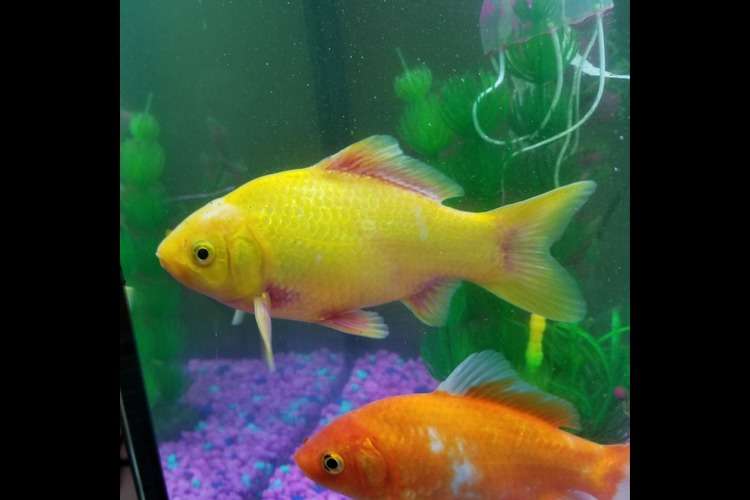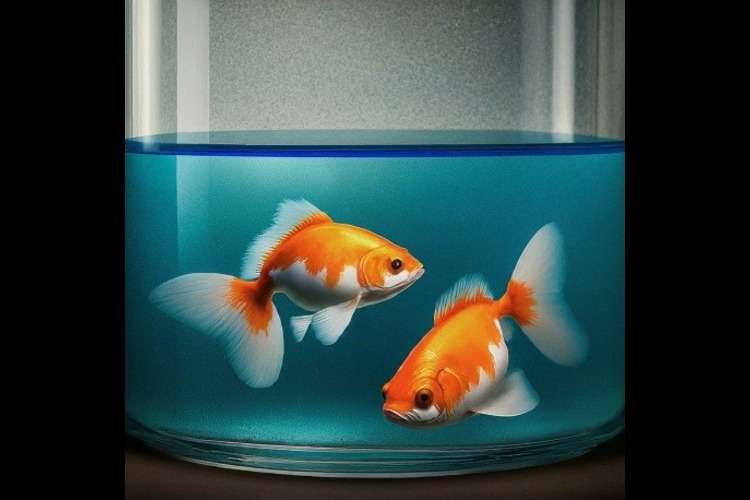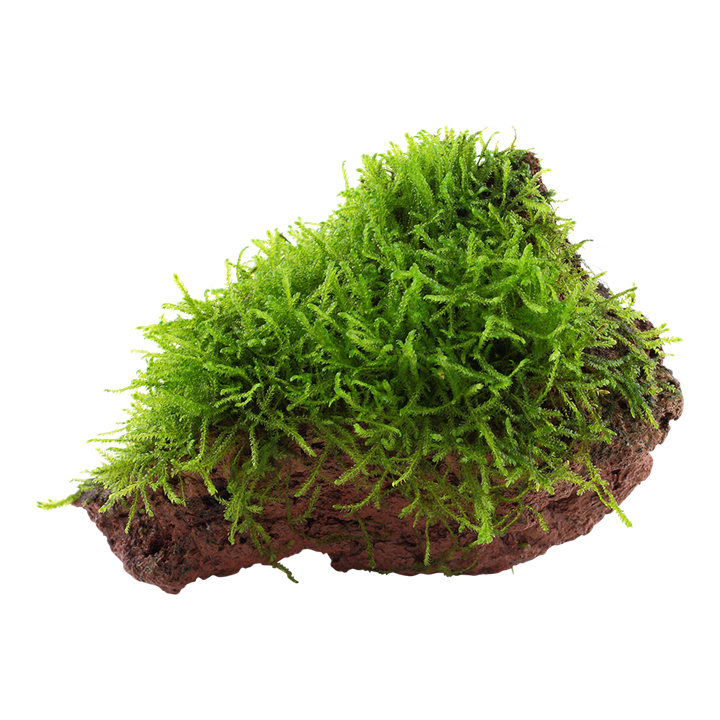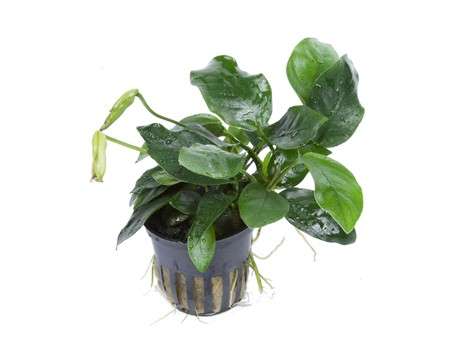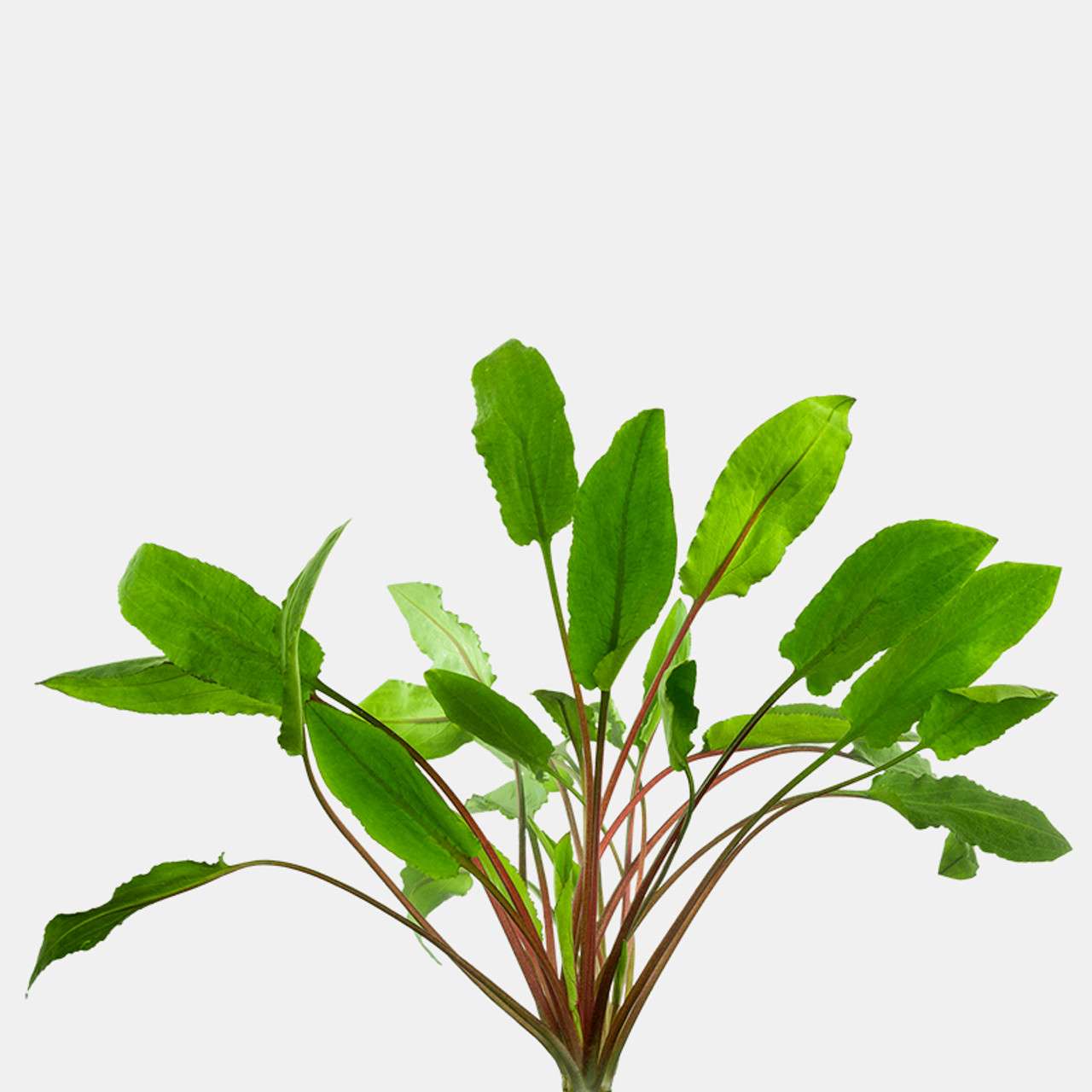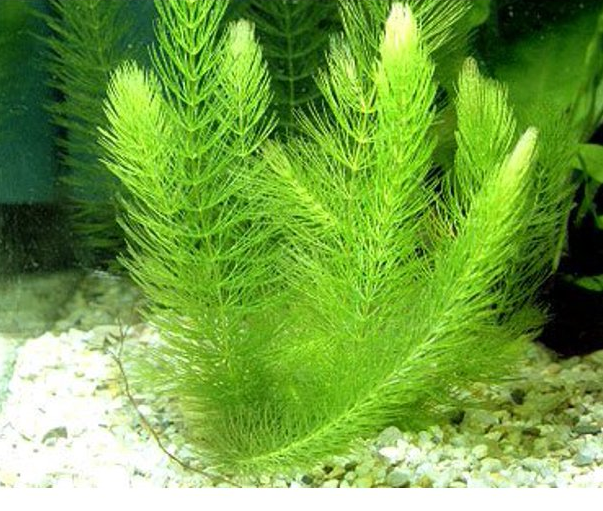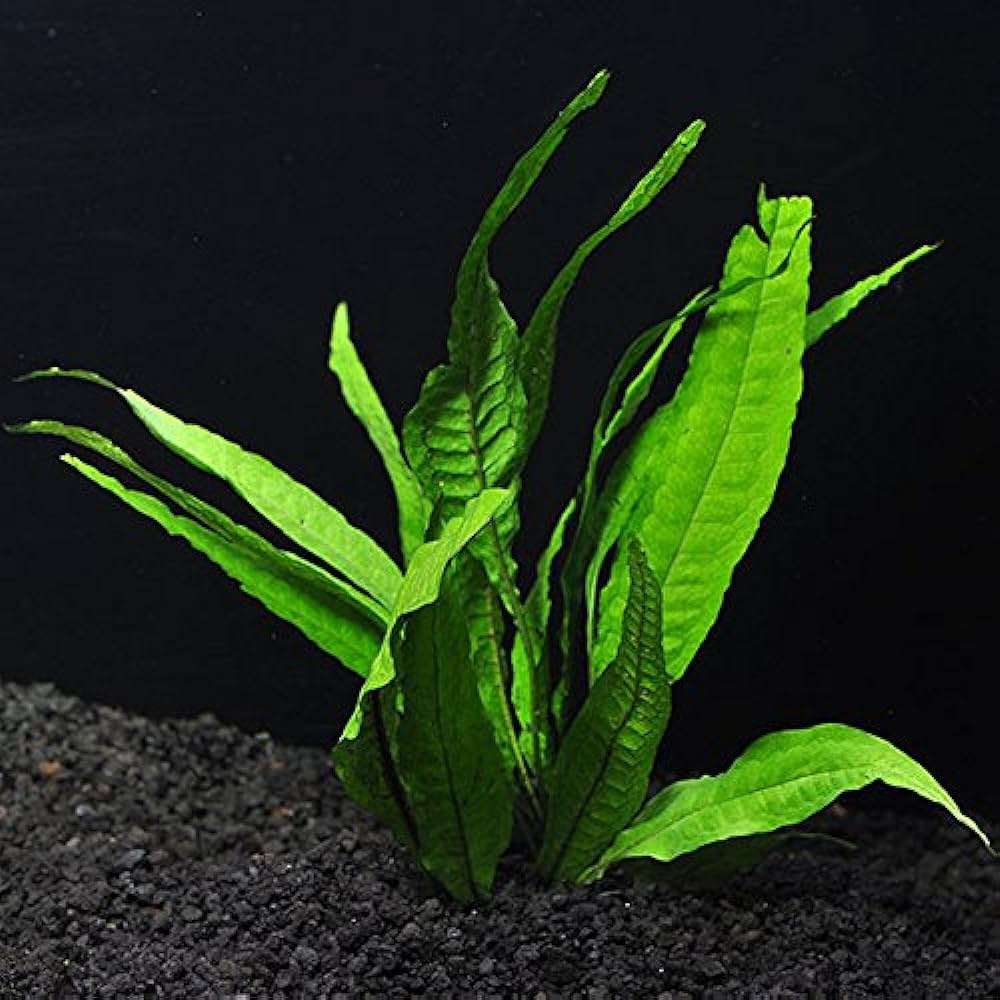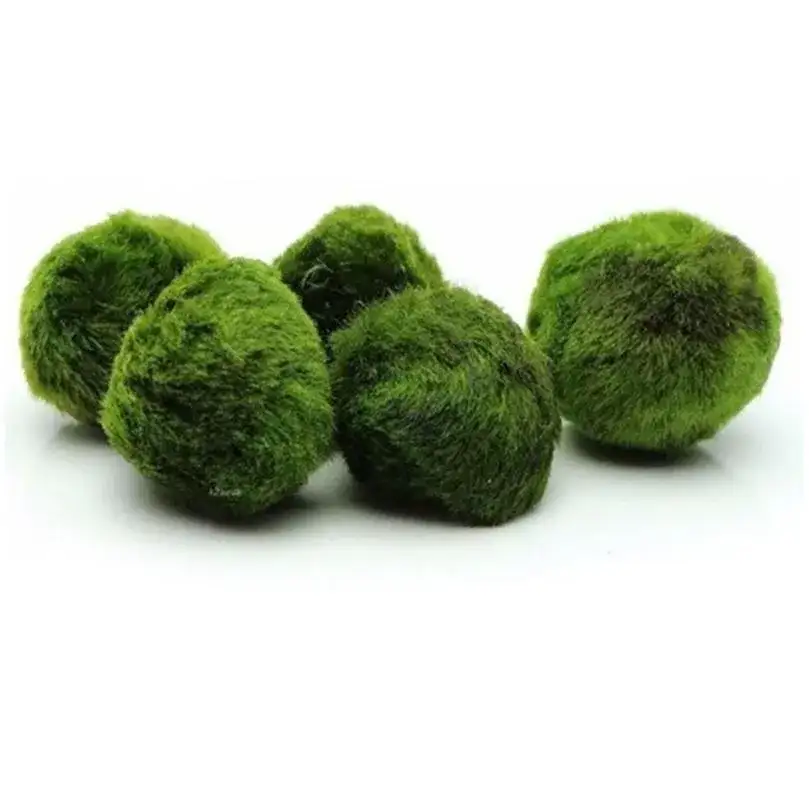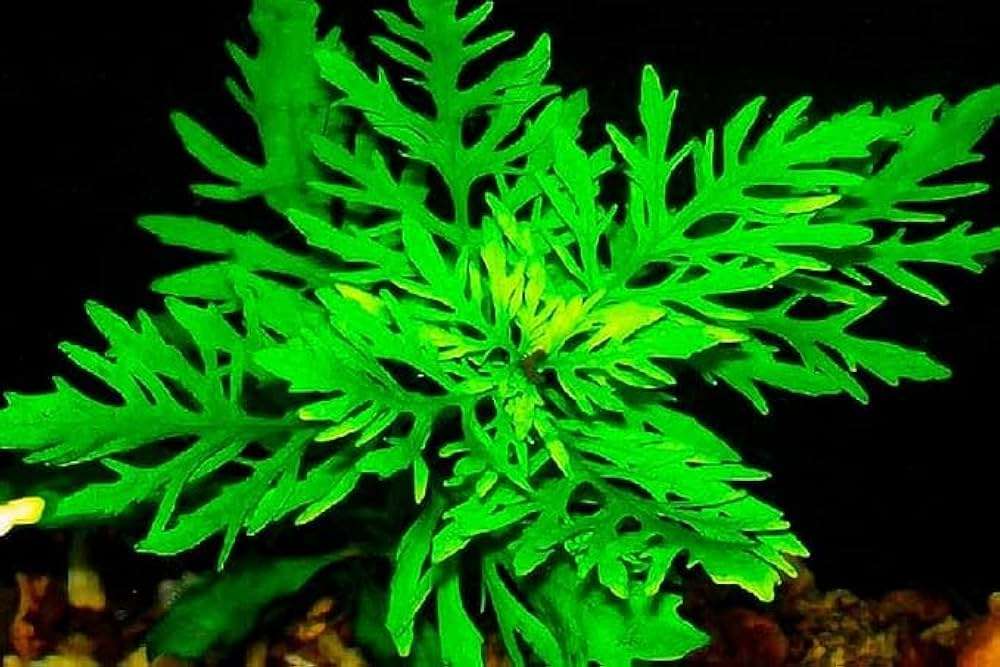Winter Aquarium Care: How to Keep Your Fish Healthy and Their World Alive
As winter’s chill sets in, your aquarium becomes a fragile underwater world fighting the cold. Discover how temperature, light, and oxygen shifts affect your fish - and learn the steps to protect them with warmth, balance, and care for a thriving aquarium through the harshest season.
Table of Contents
- Maintain Temperature at Constant and Ideal Levels
- Maintain Excellent Water Quality
- Changing the feeding habit
- Provide Consistent Lighting
- Maintenance and Inspection of Equipment
- Be prepared for blackouts at home
- Have Care for Aquarium Plants
- Observation of Fish Behaviour and Health
- Normal cleaning and maintenance programs
- More Stress-Less Advice for Winter Care
- Faq
- Conclusion
During winter, your aquarium’s ecosystem needs special attention to keep fish healthy and stress-free. Since fish can’t regulate their body temperature, sudden drops in water temperature, shorter daylight hours, and changes in oxygen levels can harm them. Maintaining a warm, stable, and clean environment becomes crucial. From controlling water temperature and feeding habits to ensuring proper filtration, lighting, and equipment care - every detail matters for a thriving aquarium in the cold season.
Maintain Temperature at Constant and Ideal Levels
Stability of temperature is the most important aspect in winter care. Most aquarium fishes are from tropical or subtropical areas and do well in warm, constant temperatures. When the temperature in a room drops, the aquarium water cools rapidly, resulting in a shock effect for your fish.
Ideal Temperature Ranges
• Tropical fish: 24–28°C (75–82°F)
• Cold water fish: 18–22°C (64–72°F)
• Goldfish: 20–24°C (68–75°F)
Ways to Maintain Temperature
• Use a quality aquarium heater: Choose a fully submersible heater with an adjustable thermostat. Ideal heaters are also constructed of either titanium or shatterproof glass for durability.
• The correct placement of the heater: Near the water flow, close to the filter outlet. Ensures even heat distribution.
• Monitor the temperature daily: With a digital thermometer attached to the tank.
• Caution against cold air drafted directly into a tank: Do not place your aquarium next to window airs. Don't place it too close to doors; cold drafts come in with them.
• Plasticize the tank: Styrofoam boards on the sides and back of the aquarium use insulative material. Wrap a thermal blanket around the tank at night to keep it while heat dissipation occurs.
• A tank lid or cover: It serves to maintain temperature and humidity within.

Pro Tip: Run two smaller heaters instead of one large one during really bad winters. If one fails, the other can keep a sufficient amount of heat up.
Maintain Excellent Water Quality
The slow evaporation and decreased metabolism in fishes will change the water chemistry inside your aquarium. Colder temperatures are also slowing down the beneficial bacteria; thus, there will be an increase of ammonia and nitrite.
Primary Water Parameters to Monitor
• Ammonia (NH₃): 0 ppm
• Nitrite (NO₂): 0 ppm
• Nitrate (NO₃): Below 40 ppm
• pH: Between 6.5 - 7.5 (depends on species)
Winter Water Maintenance Tips
• Perform periodic water changes: Replace 20 to 30 percent of tank water every week with dechlorinated, temperature-matched water.
• Clean the substrate: Use a gravel vacuum to remove uneaten food and waste that may decay faster in winter.
• Rinse filter media properly: Clean your filter sponge or cartridge with tank water (not tap water) to avoid killing beneficial bacteria.
• Aeration: While cold water holds more oxygen, heaters and filters can reduce oxygen circulation. Use an air stone or bubble wall to maintain oxygen flow.
• Don't be excessively clean: Beneficial bacteria will be diminished. The nitrogen cycle will then be disturbed.

Reminder: Never pour boiling or very hot water directly into the tank - it can cause sudden temperature shock to fish.
Changing the feeding habit
The body temperature goes lower, causing fish to have slow metabolism, meaning less food consumption, and food is not digested as easily as it is consumed. Because of the fact that overfeeding in winter leads to the decaying of food that was not consumed, which pollutes the water and increase ammonia levels.
Feeding Guidelines
• Feed small portions: Only what your fish can finish within 2–3 minutes.
• Reduce the number of times of feeding: Only feed once or twice a day for tropical fish and every other day for cold-water fish.
• Make sure you get the correct food: • Highly protein pellets or flakes for tropical breeds of fishes.
• Wheat germ-containing foods for goldfish and koi (these are digested better in cold waters).
• Occasional supplementation with live or frozen foods such as bloodworms or brine shrimp for added nutrients.
• Clean entirely: Avoid leaving uneaten food by using a small net to catch it immediately.

Tip: Observe your fish’s appetite. If they’re sluggish or ignoring food, skip a feeding - overfeeding is far more dangerous than underfeeding in winter.
Provide Consistent Lighting
Shorter days bring on shorter nights, which can affect behavioural activity and plant growth in the aquarium. To maintain activity in fish and keep the overall ecosystem in balance, lighting should also be set consistently.
Lighting Care Tips
• Timer: Between 8-10 hours a day should go on aquarium lights.
• Full spectrum LED lighting: Mimics natural sunlight, and gives good effects on fish colours.
• Avoid sunlight: This can produce rapid heating, as well as algae blooms.
• Light covers need to be cleaned: Dust and moisture will dim output light.
• Balance day-night cycles: Fish need some moments without lights for resting. Therefore, don't keep lights on 24/7.

Additional Tip: Aquatic plants flourish better through consistent light schedules, which in turn helps in balancing oxygen and nitrate levels.
Maintenance and Inspection of Equipment
Your heater, filter, and air pump in the aquarium are all lifelines for the fish during winter. Thus, every once in a while, you need to check and assure that everything works well to avoid sudden breakages.
Equipment Maintenance Checklist
• Heater: It should have its thermostat tested every week. Any heater that does not heat evenly probably needs to be replaced.
• Filter: The impeller and intake tubes must be cleaned every month to prevent clogging.
• Air pumps: Check for leaks in the tubing or blockage.
• Power cords: Check for cracks or moisture damage.
• Backup heater: Keep one spare in case of failure.

Tip: Use a surge protector to prevent electrical damage from power fluctuations during storms.
Be prepared for blackouts at home
Winter storms and power outages can be life and death for fish inside an aquarium.
Power Backup Hints
• Battery-operated air pump: This keeps the circulation of oxygen during outages.
• Wrap the aquarium in blankets or towels: These hold a lot of heat over a few hours.
• Avoid opening the lid frequently: Heat escapes every time it is open.
• Generator as well as UPS backup: Best at large tanks or with sensitive species.
• Make insulate the room: Close windows and doors to reduce the cold air inflow.
Note: If power stays off beyond 6 hours, keep warm (not hot) water bottle s around the tank slowly to keep up warmth.
Have Care for Aquarium Plants
Oxygen and beauty are required by plants; however, winter requires that plants also need special care.
Caring for Plants in Winter
• Decaying leaves must be trimmed: Prevents waste build-up and algae proliferation.

• Keep your lighting at 8-10 hours each day.
• Add fertilizers if needed: Use liquid fertilizers to provide nutrients.

• Do not over-prune: The more leaves left to use in photosynthesis, the better.
• Use CO₂ supplements: Slower plant growth in winter can affect CO₂ balance.
Observation of Fish Behaviour and Health
Fish can behave differently in winter, with some being less active and others appearing dull due to environmental changes, which includes temperature changes and stress.
Watch for Warning Signs
• Sluggish swimming or erratic swimming
• Loss of appetite
• White spots, fin rot, or fungus
• Gasping at the surface (low oxygen)
• Immediate checking of water temperature and quality should be done if these symptoms appear. Early treatments for infections are to be carried out using aquariums that are safe for medications.

Tip: Keep a small quarantine tank handy to save sick fish during treatment.
Normal cleaning and maintenance programs
Winter may slow down bacteria activity and make the water slightly cloudy. Proper cleaning schedules keep everything in check.
Every Week Routine
• Check temperatures of water, pH, and ammonia levels.
• Replace 20-30% of water.
• Clean algae from the glass using a magnetic cleaner.
• Gently rinse filter media.
Once a month routine
• Clean ornaments and rocks.
• Deep vacuum substrate.
• Check heater and light functionality.

More Stress-Less Advice for Winter Care
• Irregularity in feeding and cleaning times might stress the fish.
• Bad temperature change during water change can also be stressful to fish.
• Instead of using cold tap water for water replacements, use dechlorinated, pre-warmed water.
• Do not overcrowd the tank - reduce stress by maintaining proper stocking levels.
• Observe your fish daily - small behavioural changes can signal early issues.
Faq
1. Why does my aquarium need special care during winter?
During winter, water temperature drops, oxygen levels fluctuate, and fish metabolism slows down. These changes can stress fish and disrupt the balance of your aquarium ecosystem. Maintaining a stable, warm, and clean environment ensures your fish remain healthy and active.
2. What is the ideal temperature range for my aquarium fish?
The ideal temperature varies depending on the type of fish:
• Tropical fish: 24–28°C (75–82°F)
• Cold-water fish: 18–22°C (64–72°F)
• Goldfish: 20–24°C (68–75°F)
Always use a reliable heater and thermometer to keep the temperature consistent.
3. How can I keep my aquarium warm during winter?
Use a fully submersible heater with a thermostat and position it near the filter outlet for even heat distribution. You can also:
• Insulate the tank with Styrofoam or thermal wraps
• Cover the tank at night
• Keep it away from windows or doors to prevent cold drafts
• Consider using two smaller heaters instead of one large one for safety.
4. How often should I change aquarium water in winter?
Perform 20–30% water changes every week using dechlorinated, temperature-matched water. Regular water changes maintain good water quality and reduce toxin buildup from fish waste and leftover food.
5. Why is my fish eating less in winter?
Fish metabolism slows down in colder temperatures, so they require less food. Feed them only what they can consume in 2–3 minutes, and reduce feeding frequency to once or twice a day. Overfeeding can pollute the water and increase ammonia levels.
6. How do I ensure good oxygen levels in my aquarium during winter?
Even though cold water holds more oxygen, heaters and filters can reduce circulation. Use air stones, bubble walls, or air pumps to enhance aeration. Make sure the tank lid allows some air exchange and avoid overcrowding the tank.
7. Should aquarium lighting change in winter?
Yes. Shorter days can affect fish behavior and plant growth. Use a timer to keep lights on for 8–10 hours daily. Opt for full-spectrum LED lights that mimic natural sunlight and clean light covers regularly for optimal brightness.
8. How do I prepare for a power outage during winter?
Power cuts can be risky for fish. Keep the following ready:
• Battery-operated air pump for oxygen circulation
• Blankets or towels to insulate the tank
• UPS or generator for large aquariums
Avoid opening the lid often to retain heat. If power is off for more than 6 hours, place warm (not hot) water bottles near the tank.
9. How should I care for aquarium plants in winter?
Trim decaying leaves to prevent waste buildup, keep lighting consistent (8–10 hours), and use liquid fertilizers if needed. Avoid over-pruning and consider adding CO₂ supplements to support plant growth during slower metabolism periods.
10. What are signs that my fish are stressed or sick in winter?
Watch for these warning signs:
• Sluggish or erratic swimming
• Loss of appetite
• White spots, fin rot, or fungus
• Gasping at the surface
If noticed, check water temperature and quality immediately and isolate sick fish in a quarantine tank for treatment.
11. How often should I clean my aquarium in winter?
Weekly:
• Check temperature, pH, and ammonia
• Replace 20–30% of water
• Clean algae and rinse filter media gently
Monthly:
• Clean ornaments and rocks
• Deep vacuum the substrate
• Test equipment functionality (heater, light, filter)
12. How can I reduce fish stress during winter?
• Maintain consistent temperature and feeding schedules
• Avoid sudden temperature changes during water changes
• Use pre-warmed, dechlorinated water
• Prevent overcrowding
• Observe fish behavior daily for early signs of illness
13. Can I turn off my aquarium heater at night?
No. Sudden nighttime temperature drops can shock fish. Keep the heater on continuously to maintain a stable temperature, especially during cold nights.
14. Do all fish need heaters in winter?
Not all. Tropical fish definitely do, while cold-water species like goldfish may tolerate cooler temperatures - but still need stability. Avoid allowing drastic temperature fluctuations in any aquarium.
15. What’s the golden rule of winter aquarium care?
Consistency is key. Keep temperature stable, water clean, feeding moderate, and equipment functional. A calm, balanced environment ensures your fish thrive even through the coldest months.
Conclusion
Winter aquarium care focuses on stability and consistency. Keep the water warm, clean, and oxygen-rich using reliable heaters, insulation, and regular maintenance. Feed moderately, monitor fish behaviour, adjust lighting, and stay prepared for power outages. With steady care, your fish stay healthy and active, turning your aquarium into a peaceful winter refuge.


